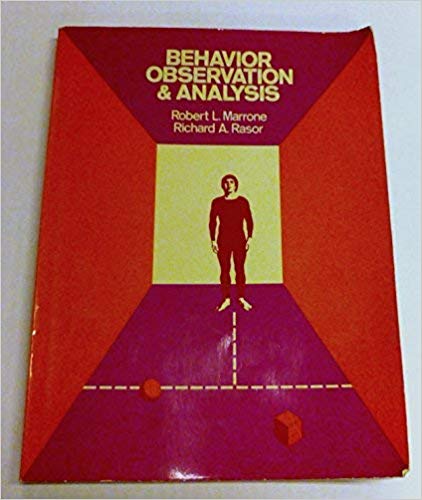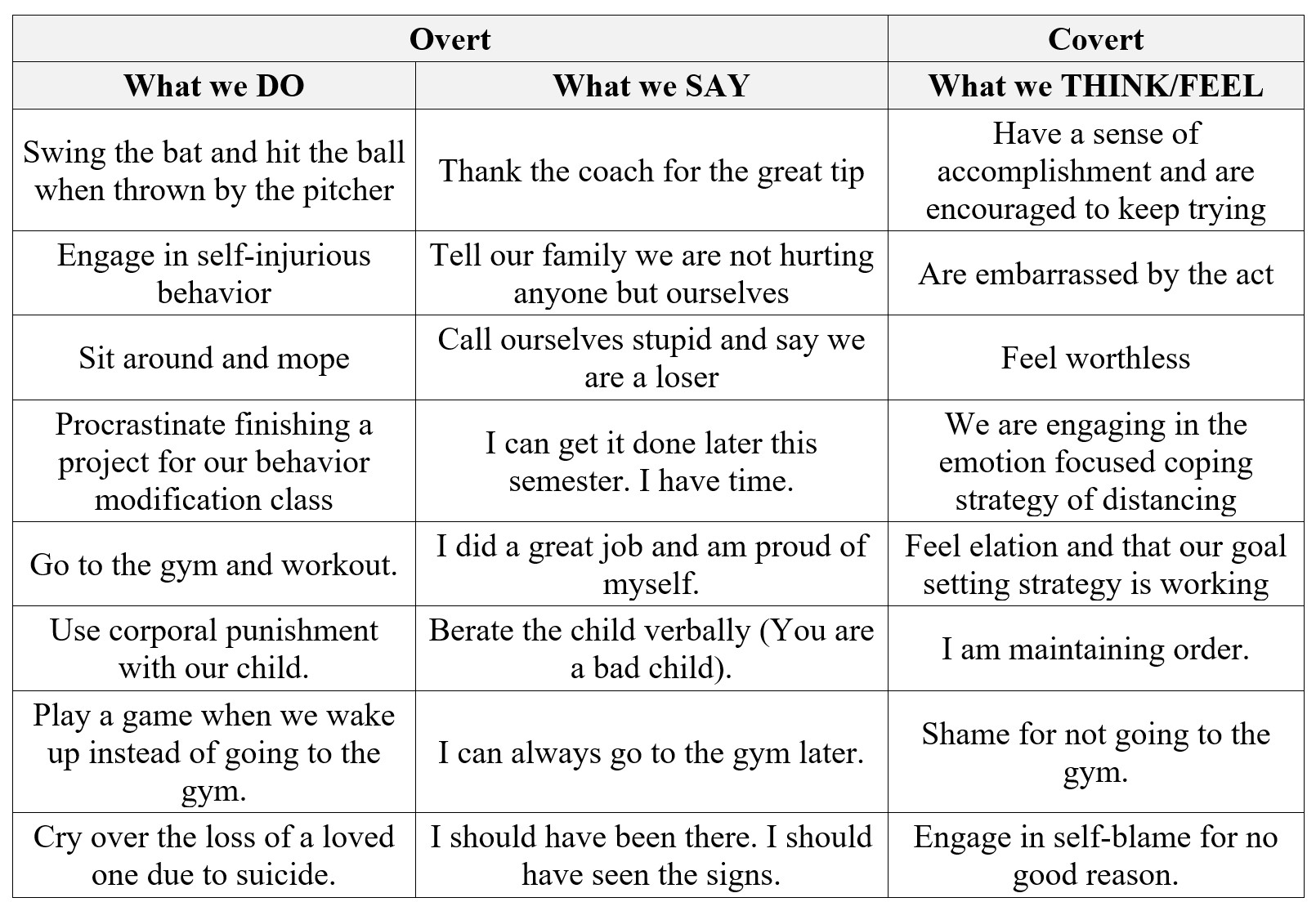If you’re wondering how character traits body analysis can unlock hidden communication clues, you’re in the right place.
In this guide, we’ll explore the principles of behavioral body analysis, covering common misconceptions. We’ll explain how reading body language can be used in therapy, helping you gain insights into behavior.
Let’s dive into the art of body analysis, starting with how it helps decode personality.
Why Learn Behavioral Body Analysis
One of the main benefits to study behavioral body analysis is to understand people beyond words. By learning to observe body proportions, you start decoding intentions that others may not express verbally.
Coaches apply body reading techniques to identify fears or resistance.
Ultimately, behavioral body analysis empowers you to lead with insight.

Methods of Behavioral Body Analysis
There are several approaches within body analysis, each focusing on different aspects of the human body. One popular method examines facial features to infer emotional tendencies.
The “body explains” model, made popular by modern coaches, connects physical structure with specific personality archetypes.
Practicing multiple types of body analysis can give you a more complete picture of someone’s character and emotional state.

Body Analysis in Practice
Look for patterns: does a person consistently cross their arms? Do they lean away when asked certain questions?
Coaches rely on physical cues to adjust their approach, noticing when a client feels blocked or energized.
The more you observe, the more intuitive your understanding becomes, allowing you to respond thoughtfully and authentically.
What People Get Wrong About Behavioral Body Reading
For example, crossed arms might signal defensiveness, but could also mean someone is simply cold or tired.
People are shaped by culture, upbringing, and experiences that go beyond physical form.
Parents use body analysis to understand children’s unspoken feelings. Teachers notice students’ posture shifts to catch disengagement.
Understanding “The Body Explains” Method
According to this model, fat distribution may point to unconscious defenses.
In “body explains” practice, professionals observe body segments and map them to psychological traits.
This integrative method links body awareness, offering a holistic view of human development.
Respectful Practice of Behavioral Body Analysis
Ethical practitioners use behavioral insights to support communication, not control or manipulate.
Another ethical guideline is to contextualize observations. A behavior or posture in one culture may mean something very different elsewhere.
When sharing insights from behavioral observation, it’s crucial to invite dialogue rather than declare facts.
Developing Body Reading Skills
Over time, you’ll sharpen your ability to detect subtle cues and contextual signals.
Practicing with peers or mentors can offer feedback to avoid overinterpretation or assumption.
With consistent practice, your awareness grows, enhancing communication, relationships, and emotional intelligence.

Final Thoughts on Body Analysis
In conclusion, behavioral body analysis offers powerful insights for anyone seeking to deepen human connection.
Each pathway invites us to notice the wisdom carried in our bodies and how it shapes interactions.
Let the process inspire curiosity, empathy, and openness as you unlock the silent language of the human body.
Frequently Asked Questions About Behavioral Body Analysis
How do you define body analysis?
Body analysis is the practice of observing physical traits, posture, gestures, and movements to gain insights into personality, emotions, and behavioral patterns.
Can anyone learn body reading?
While it takes patience and observation skills, you don’t need professional certification to start applying it in daily life.
Does body analysis always reveal the truth?
Body analysis is an interpretive tool, not an exact science.
How can I use body analysis professionally?
It helps professionals build rapport, detect unspoken needs, and adjust communication strategies.
How is body analysis different from reading body language?
Body analysis often includes interpreting physical structure, traits, and muscular development, while body language reading focuses more on gestures and movements.
saiba aqui